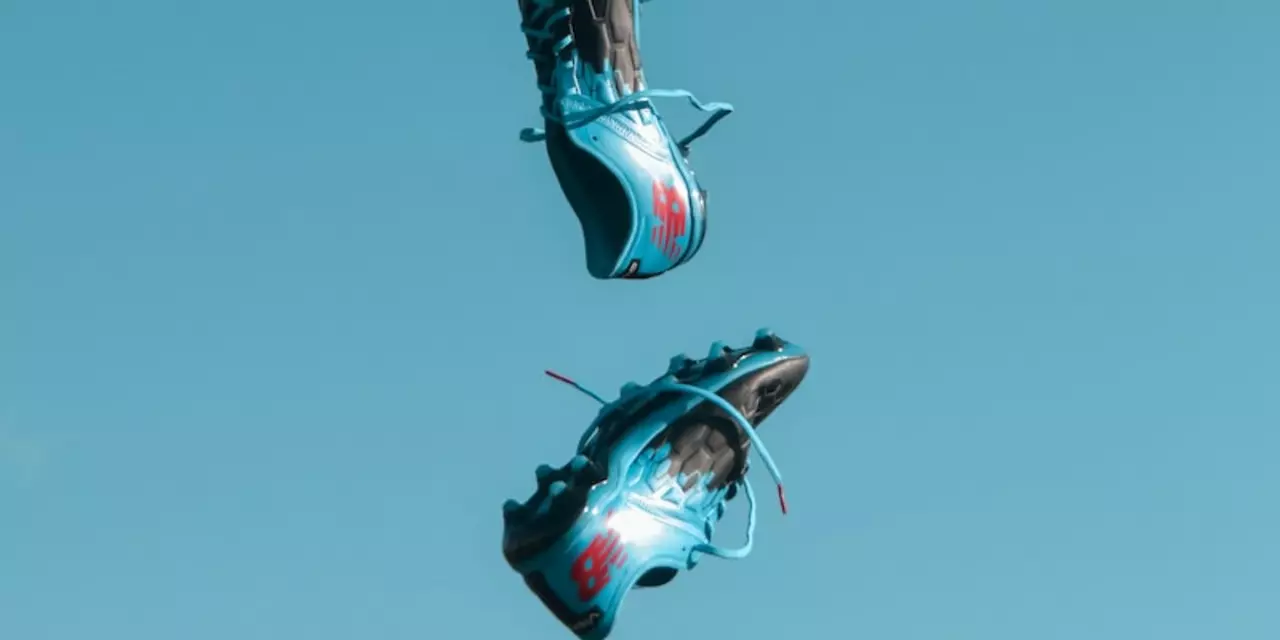Fitting in Sports – The Key to Better Performance
When we talk about fitting, the practice of matching size, shape, or style to an individual or a group. It’s also called proper sizing, and it shows up in everything from a boot’s toe box to a squad’s tactical setup. Sports equipment, the gear that athletes rely on during training and competition needs the right fit to protect, enhance speed, and improve comfort. At the same time, player fit, how an athlete’s physical attributes and skill set align with a specific position or role determines whether a striker can outrun defenders or a defender can clear aerial balls. Finally, team dynamics, the way players interact on and off the pitch are a form of social fitting that can turn a collection of talent into a cohesive unit. In short, fitting isn’t just about measuring a foot or a waist; it’s about aligning gear, bodies, and minds to unlock peak performance.
Why fitting matters across the game
First, proper fitting of gear follows a clear set of attributes: length, width, flexibility, and material durability. For a football boot, the length must accommodate toe movement while the width prevents squeezing, the sole flex should match the player’s stride, and the leather or synthetic material must hold up in wet conditions. These attributes combine into a value set that coaches and kit managers can check against an athlete’s measurement data – a classic Entity‑Attribute‑Value (EAV) model where the entity is the boot, the attributes are size, flex, and material, and the values are the specific numbers or grades each player needs. When a player gets a boot that fits these criteria, the semantic triple “Gear fitting requires accurate measurement” comes alive on the field, and the player can focus on technique rather than pain. Second, player fit isn’t just a physical match; it also involves tactical fit. A winger with blazing pace but limited crossing ability may thrive on a team that emphasizes counter‑attacks, whereas the same player could struggle in a possession‑heavy side that needs precise delivery. This creates the triple “Player fit influences team dynamics,” showing that an individual’s strengths shape how the whole squad moves. Coaches often use data dashboards to compare player metrics – sprint speed, vertical jump, passing accuracy – against the tactical profile they want, effectively turning abstract numbers into a concrete fitting decision. Third, team dynamics hinge on social fitting. Chemistry, trust, and communication style form a set of attributes that are harder to measure but just as critical. When a new signing arrives, managers look for personality fit, language compatibility, and leadership style that match the existing locker‑room culture. The semantic link “Team dynamics requires social fitting” explains why a world‑class player can sometimes underperform if the locker‑room atmosphere isn’t right. Clubs that invest in team‑building exercises, cultural orientation, and clear role definitions often see a quicker transition from transfer to on‑pitch impact. Across all these layers – equipment, individual, and collective – fitting is a recurring theme that binds the articles on this page. You’ll find pieces that dive into the science of boot construction, stories about players who transformed their careers by finding the right position, and analyses of clubs that built success through smart squad composition. By the time you scroll through the list, you’ll have a solid grasp of why proper fitting matters, how to assess it, and what steps you can take to improve it in your own sport or team environment.
How to make soccer cleats smaller?
Making soccer cleats smaller is a common problem for soccer players. This article offers several ways to do this, including using a hairdryer, wearing thicker socks, and purchasing soccer cleats one size smaller than normal. Additionally, it recommends stretching the toe area of the cleats with a shoe stretcher and using a heat gun to help make the cleats fit better. Finally, it suggests using a leather conditioner to help soften the material and make it easier to stretch. Following these steps can help soccer players get the best fit for their cleats.
